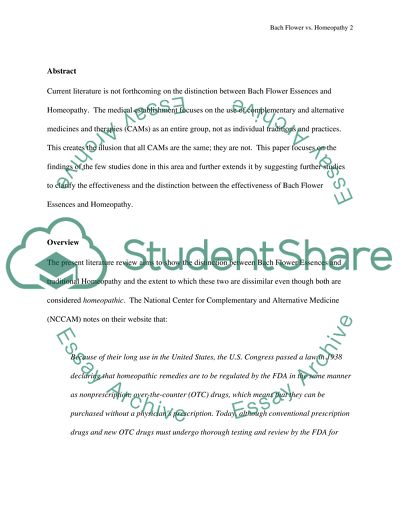Cite this document
(“Bach Flower Essences and Homeopathy Essay Example | Topics and Well Written Essays - 5000 words”, n.d.)
Retrieved from https://studentshare.org/health-sciences-medicine/1532698-bach-flower-essences-and-homeopathy
Retrieved from https://studentshare.org/health-sciences-medicine/1532698-bach-flower-essences-and-homeopathy
(Bach Flower Essences and Homeopathy Essay Example | Topics and Well Written Essays - 5000 Words)
https://studentshare.org/health-sciences-medicine/1532698-bach-flower-essences-and-homeopathy.
https://studentshare.org/health-sciences-medicine/1532698-bach-flower-essences-and-homeopathy.
“Bach Flower Essences and Homeopathy Essay Example | Topics and Well Written Essays - 5000 Words”, n.d. https://studentshare.org/health-sciences-medicine/1532698-bach-flower-essences-and-homeopathy.


